Film photography has seen a resurgence in popularity in recent years, with many photographers turning to the medium for its unique aesthetic and tactile experience. According to industry experts, the demand for film cameras and film stock has increased significantly, with sales of film cameras up 20% in the past year alone. This trend is attributed to the growing interest in analog photography, particularly among younger generations who are seeking a more hands-on and creative approach to photography.
Industry insiders point to the rise of social media platforms as a key factor in the resurgence of film photography. "People are looking for a more authentic and unique way to express themselves through photography," said Emily Chen, a photographer and educator who specializes in film photography. "Film offers a level of control and creativity that digital photography can't match." Chen notes that film photography also allows photographers to connect with their subjects in a more meaningful way, as they must carefully consider each shot and wait for the results.
The process of shooting film involves several key steps, including selecting the right camera and film stock for the desired effect. Positive film, which produces a positive image, is ideal for portrait and landscape photography, while negative film, which produces a negative image, is better suited for black and white photography. "The key to getting great results with film is to understand the characteristics of the film stock and how to use it to achieve the desired effect," said John Lee, a professional photographer who has been shooting film for over 20 years.
When it comes to choosing the right film stock, there are many options available, each with its own unique characteristics and price point. Kodak's Tri-X 400, for example, is a popular choice among photographers due to its high grain and versatility. "Tri-X is a great all-around film that can be used for a variety of applications, from street photography to portrait photography," said Chen. "It's also relatively affordable, which makes it accessible to photographers of all levels."
In addition to selecting the right film stock, photographers must also learn how to manually focus their cameras, a skill that is essential for achieving sharp images. "Manual focusing requires a level of patience and attention to detail that is often lacking in digital photography," said Lee. "But the results are well worth the effort." For those who are new to film photography, there are many online resources and tutorials available to help learn the basics of manual focusing.
For those who prefer to outsource their film development, there are several reputable labs that offer high-quality scanning and printing services. The Memphis Film Lab, for example, is a popular choice among photographers due to its fast turnaround times and competitive pricing. "We're committed to providing the highest quality film development services to photographers of all levels," said a spokesperson for the lab.
As the demand for film photography continues to grow, it's likely that we'll see more film cameras and film stock become available in the coming years. In fact, several major camera manufacturers have already announced plans to release new film cameras, including the Leica M11 and the Nikon FM2T. "The resurgence of film photography is a testament to the enduring appeal of analog photography," said Chen. "It's a medium that offers a unique combination of creativity, control, and tactile experience that is hard to find in digital photography."
In conclusion, film photography is experiencing a resurgence in popularity, driven by the growing interest in analog photography and the unique aesthetic and tactile experience it offers. With the right camera and film stock, photographers can achieve high-quality images that are truly unique and expressive. Whether you're a seasoned photographer or just starting out, film photography is definitely worth exploring.
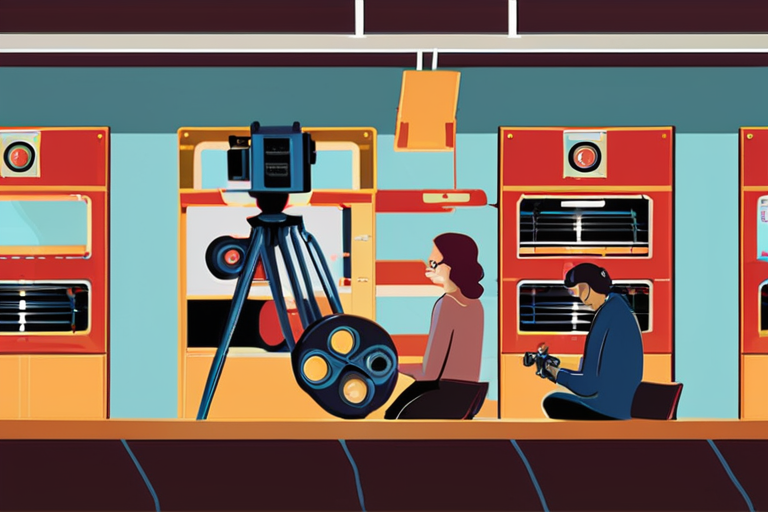




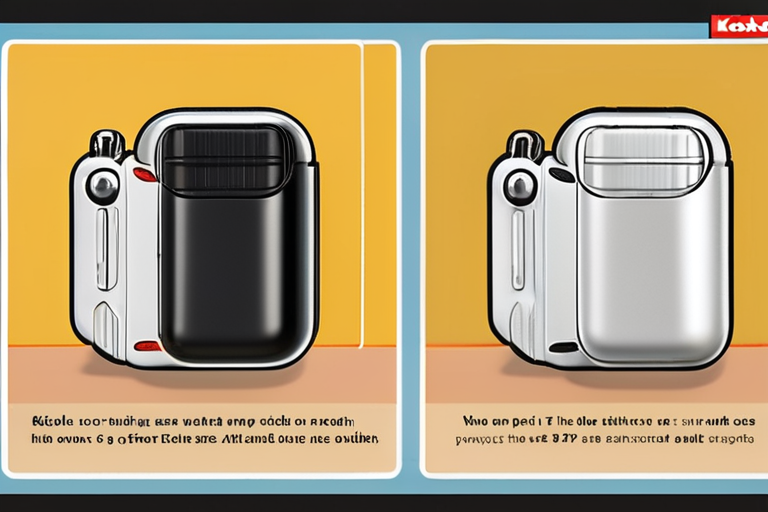

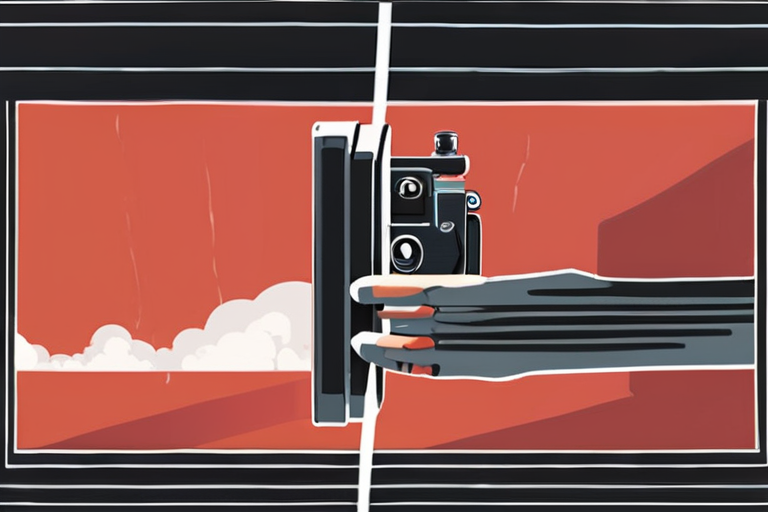

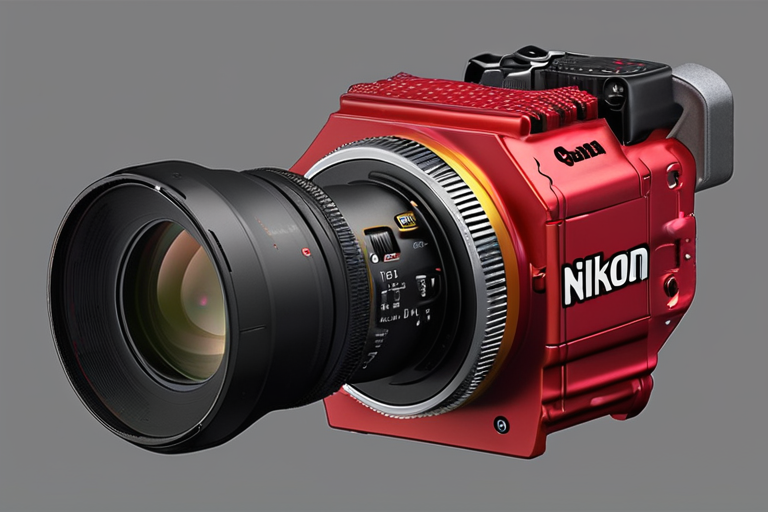






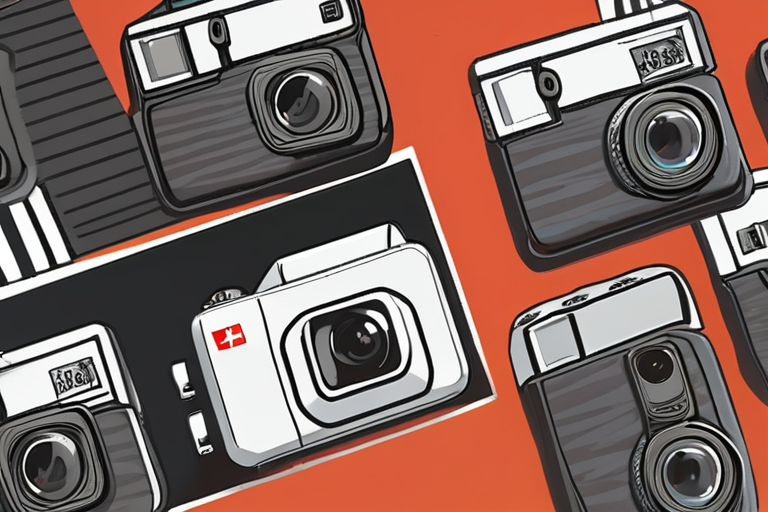
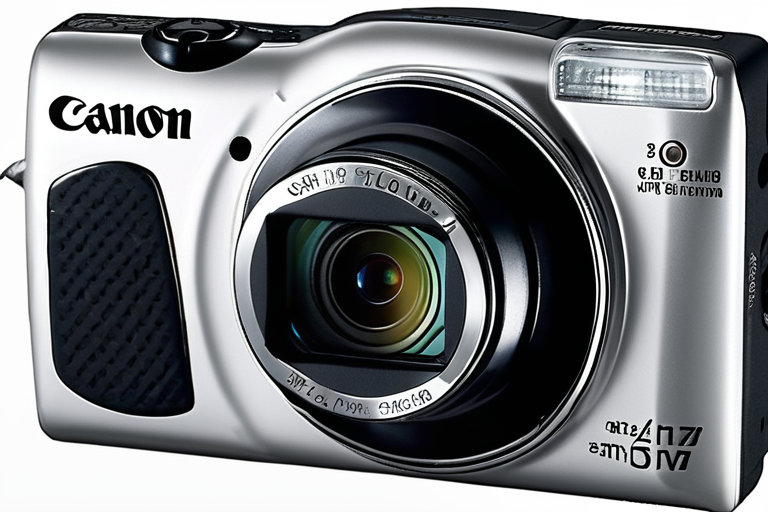

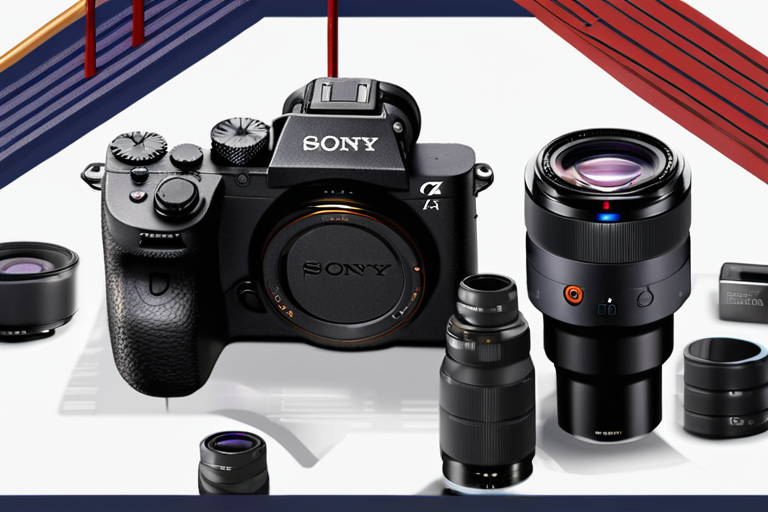

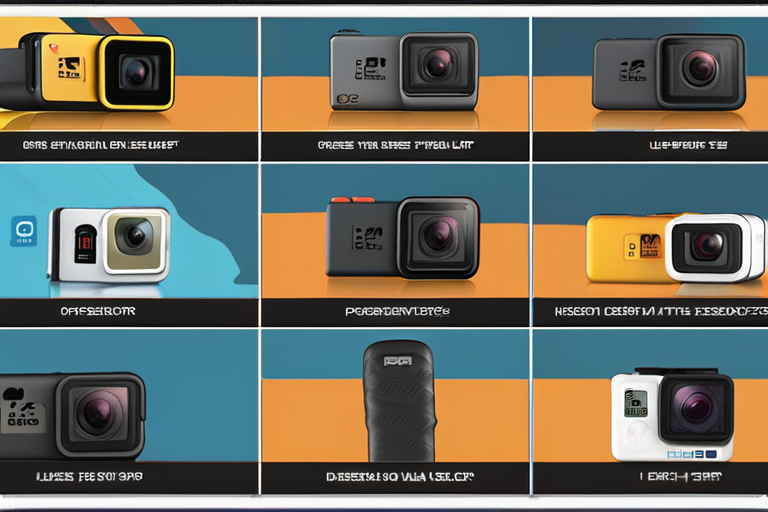





Share & Engage Share
Share this article